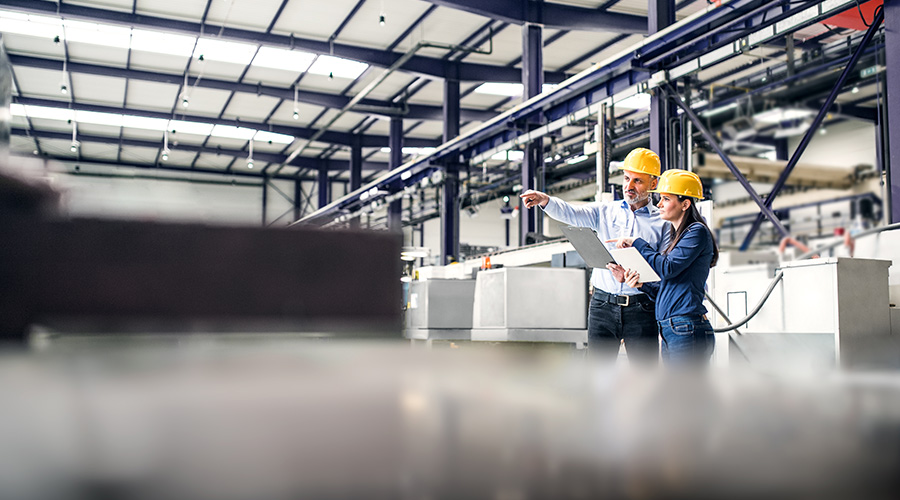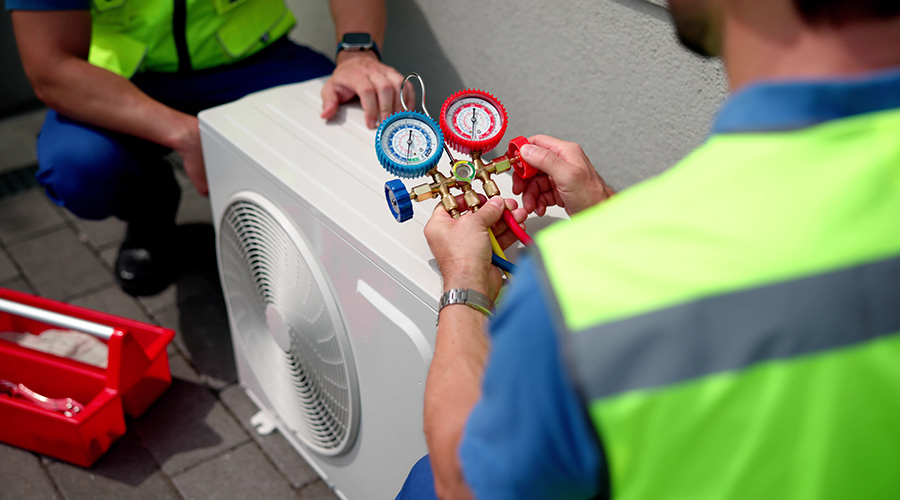Typically when we think of floor mats, we think of mats installed at building entries.
However, interior mats play a key role in keeping facilities clean and healthy. Interior mats are installed inside a facility in such areas as:
* Main walkways
* Before elevators, escalators, and stairs
* At food service areas
* At transition areas, where a hard surface floor meets a carpeted floor
"Interior mats are designed to prevent soil and moisture [from] being transported from one area of the facility to another," says Adam Strizzi, marketing manager for Crown Matting Technologies.
"Usually these are 'wiper' mats specifically designed to wipe dust, moisture, soil, and contaminants from shoes as they are walked on."
Another very important benefit of installing interior mats is they help protect a floor's finish and reduce floorcare costs, according to Strizzi.
"It's moisture, dust, and grit that ruin floor finish. The [interior] mat's ability to capture these soils not only protects the finish but reduces refinishing cycles, which can be a major cost savings for any facility."
However, not all interior wiper mats are the same. When managers and/or cleaning contractors select an interior floor mat, the mat should be a blend of microfiber and olefin.
The reasons for this include the following:
* The combination has much higher dust and soil retention properties
* The microfiber, because it is positivity charged, attracts lint and dust, preventing them from becoming airborne or being tracked throughout a facility
* Olefin is designed to hold moisture, which promotes safety as well as prevents it from "traveling" over floor surfaces
* Purchased floor mats tend to be of higher quality and more effective at protecting the health of a facility "and invariably cost less in the long run," adds Strizzi.
The backing of the mat is also important. Some interior mats have a "thermoflex" vinyl backing which tends to be more cost effective than a rubber backing. Further, this type of backing helps prevent yellowing or negatively impacting the floor finish underneath.
For more information, visit www.CrownMats.com.

 State of the Facilities Management Industry in 2025
State of the Facilities Management Industry in 2025 City of Hope to Open New Cancer Specialty Hospital in California
City of Hope to Open New Cancer Specialty Hospital in California Montefiore Einstein Opening New Inpatient Center for Youth in the Bronx
Montefiore Einstein Opening New Inpatient Center for Youth in the Bronx Skill Stacking: How Micro-Credentials Are Reshaping Trades
Skill Stacking: How Micro-Credentials Are Reshaping Trades Prima Medicine Opens New Location in Tysons, Virginia
Prima Medicine Opens New Location in Tysons, Virginia